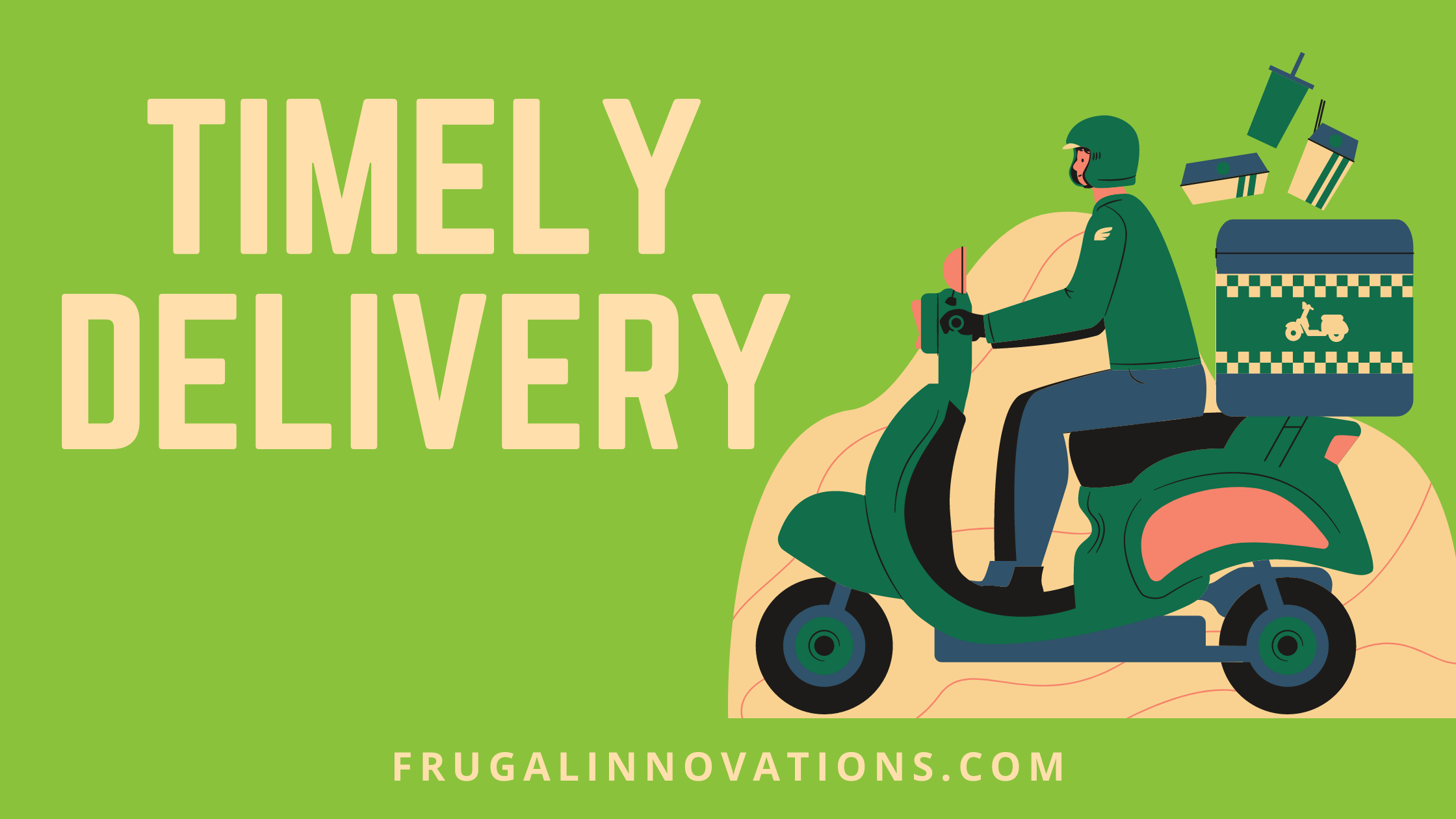Solar-Powered Inflatable Trampolines for Nairobi’s Outskirts: Innovation for Play Where Power is Scarce
In the fast-growing outskirts of Nairobi—areas like Kajiado North, Githurai, and parts of Ngong or Ruai—access to stable infrastructure remains a challenge. Electricity is often intermittent, playgrounds are rare, and safe recreational spaces for children are even scarcer. But what if a playful bounce could offer both relief and innovation? That’s the promise behind solar-powered inflatable trampolines in Nairobi, a concept that merges renewable energy with mobile fun to bring joy where it’s most needed.
Visit our shop HERE to explore all our products
To order call: +254722724893
Email: info@thriftyent.com, thrifty.ent@gmx.com
As urban sprawl pushes Nairobi’s boundaries further into previously rural zones, the strain on basic amenities increases. Children in these peri-urban regions often rely on makeshift football pitches or dusty backyards for play. Meanwhile, youth groups, churches, and non-governmental organizations struggle to find affordable and creative ways to engage communities—especially during weekends, school holidays, or community events. The idea of using solar-powered, portable trampolines as pop-up recreational stations is therefore more than just novel; it could be transformative.
Why Solar-Powered Inflatables?
Traditional trampolines are large, heavy, and require permanent installation, which makes them unsuitable for informal settlements or temporary setups. Inflatable trampolines, on the other hand, are lightweight, easy to transport, and can be deflated for storage. However, they typically depend on constant airflow provided by electric blowers—a challenge in off-grid zones.
Enter solar-powered trampolines, which use compact photovoltaic panels to run inflatable blowers during daylight hours. These systems eliminate the need for fuel generators or power outlets and can be operated in remote or off-grid locations. This innovation allows for pop-up recreational zones that are both eco-friendly and entirely mobile.
Such trampolines are not just for jumping—they can be fitted with obstacle courses, slides, and interactive zones. By powering these play areas with solar energy, organizers are freed from the constraints of electricity access and noise pollution caused by diesel engines.
Use Cases in Nairobi’s Periphery
In Kajiado North, community-based organizations often organize weekend wellness events for children and teens. Many of these take place in open school fields or church compounds without electricity. A solar-powered inflatable trampoline could act as a centerpiece, drawing large crowds and giving children a safe and engaging outlet for physical activity.
Similarly, in Githurai, where youth-led movements frequently host holiday camps or mentorship programs, the inclusion of such a trampoline would be a powerful tool—not just for entertainment but for community mobilization. Pop-up recreational zones can help boost attendance, energize programs, and provide a visible platform for other important services such as mental health support, nutrition education, or anti-drug campaigns.
Organizations like Shining Hope for Communities (SHOFCO) and other local NGOs working in informal settlements might find these trampolines to be excellent additions to their youth outreach arsenal.
Benefits Beyond Play
The value of solar-powered inflatable trampolines in Nairobi’s outskirts extends far beyond fun. They offer:
Safe Physical Activity: In areas where roads are unsafe and space is contested, these trampolines offer a controlled environment for exercise and healthy interaction.
Community Building: Events featuring these trampolines attract families and local vendors, helping to build a sense of togetherness and shared experience.
Employment Opportunities: Managing the setup, transport, and maintenance of trampolines can be a job opportunity for local youth groups or entrepreneurs.
Climate-Friendly Engagement: Solar-powered systems reduce dependency on fossil fuels, aligning with Kenya’s growing commitment to green energy.
Educational Platforms: Surrounding the trampoline setup, NGOs can host learning booths or public health talks, maximizing the captive audience drawn to the event.
Challenges and Considerations
While the idea holds promise, it’s not without obstacles. The initial cost of purchasing solar panels, inflatable equipment, and storage units may be high for smaller organizations. Durability is also a concern, especially in areas with rugged terrain or harsh weather.
Safety and supervision are essential. Trampolines, while fun, carry injury risks. Proper anchoring, netting, and trained facilitators must be part of every setup. Additionally, managing crowd control and wear-and-tear requires ongoing maintenance and budget planning.
Finally, there’s a need for local adaptation. Not all inflatable trampoline models are suited to Nairobi’s climate or terrain. Equipment sourced from abroad might not account for dust, temperature fluctuations, or heavy use. Ideally, Kenyan innovators or regional manufacturers could be incentivized to create localized designs tailored to East African conditions.
Opportunities for Partnerships
To scale this innovation, collaboration is key. NGOs, county governments, and solar energy companies could form partnerships that share costs and responsibilities. For example:
Solar tech firms can donate or subsidize panels as part of their corporate social responsibility efforts.
County youth departments can sponsor trampoline setups during school holidays or national celebration days.
CSR-driven brands can co-brand trampolines during events, gaining visibility while funding community play.
Micro-entrepreneurs can be trained to operate and manage the trampolines for hire at birthday parties, festivals, or school events.
These partnerships could make solar-powered inflatable trampolines a sustainable model, not just a one-time attraction.
The concept of solar-powered inflatable trampolines in Nairobi is a compelling blend of clean energy, social innovation, and child-focused design. In underserved peri-urban areas like Kajiado North, Githurai, and beyond, they could offer meaningful play where power is unreliable and space is limited. While challenges in cost and maintenance remain, the potential for impact—social, educational, and emotional—is significant.
As Nairobi’s urban edge continues to grow, solutions like these prove that sustainable recreation is not just a dream for the privileged few. It’s a bouncing step forward for community wellness, creative infrastructure, and child-friendly development in a city that never stops expanding.
- How to Safely Repair a Sun-Faded or UV-Damaged Trampoline Mat in Kenya
- Are Trampolines the Next Big Fitness Asset for Kenyan Women?
- How Nairobi’s Dust and Wind Patterns Affect Trampoline Lifespan — Best Trampoline Repairs in Kenya
- How to Start a Trampoline Hire Business in Nairobi — Costs, Earnings, Risks, Competition
- Frugal Innovations Kenya – The Most Reliable Trampoline Accessories Centre


